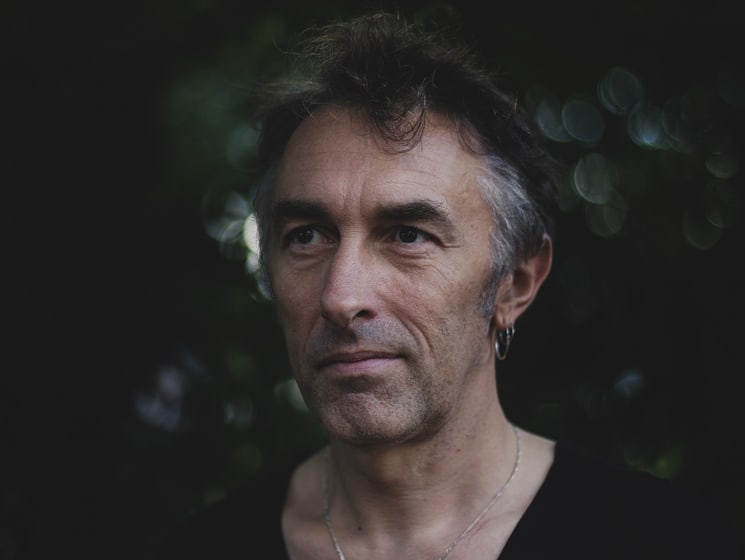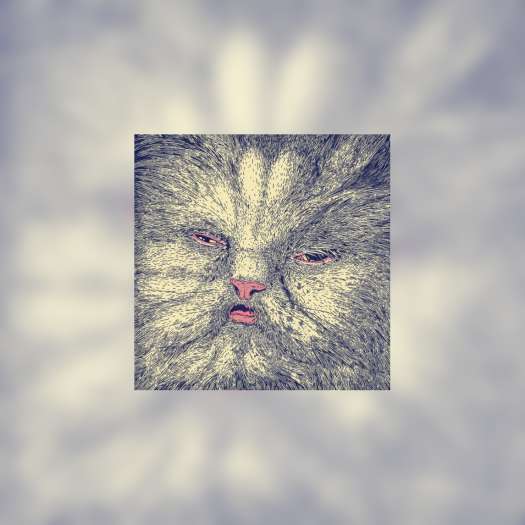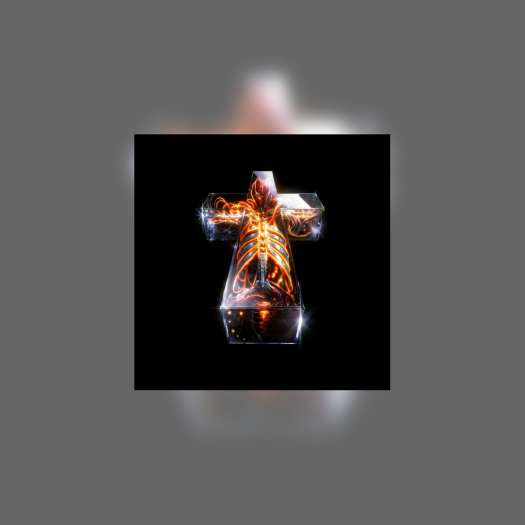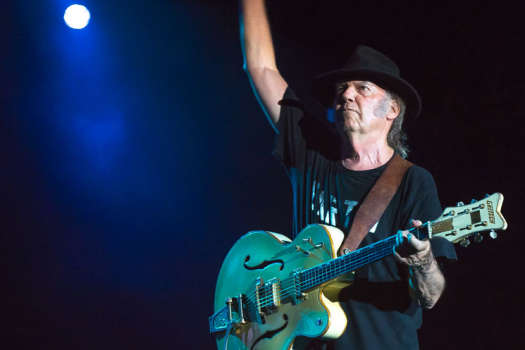Late last month, Yann Tiersen released his ninth studio album, EUSA. That it's his first solo piano record to date might come as a shock to those who still associate the French musician with his remarkable score to Jean-Pierre Jeunet's landmark 2001 French film, Amélie; that score was renowned for the beauty of compositions like "Comptine d'un autre été: L'Après-Midi" and "La valse d'Amélie (version piano)."
But those songs, like the gorgeous "Porz Goret" or "Roc'h ar Vugale" off EUSA, were never about life in Paris; they were inspired by and imbued with the spirit of his homeland, a French island belonging to Brittany called Ushant or, in Breton, Eusa. And anyway, most of the soundtrack's songs were written for and plucked from his first three albums, 1995's La Valse des Monstres, 1996's Rue des cascades and 1998's Le Phare.
"The problem with [Amélie] — and I have nothing against the movie — is that I did the tracks before [the film]," Tiersen tells Exclaim! over the phone from his island home. "Actually I did them here, where I live, and anything I wrote is linked to the island, is linked to what I'm talking about now, to this nature, to these coordinates."
Those "coordinates" figure centrally in EUSA, an album that was originally planned to be released only as sheet music.
"Last summer, I started writing a musical map of where I live, Eusa. I am, more and more, connected to the land, to where I live, and I think it might be the future to try to re-link with the place where we're living, to understand the ecosystem, what happens there. I just did these 10 tracks, and it was supposed to be — or, it was — a book that I released around Christmas this past year. It was 10 piano tracks, 10 pictures, 10 locations, 10 GPS coordinates and 10 field recordings."
Tiersen says he "loved the idea to leave it free to the reader when I did the book, and for them to record their version" of the music, but was inspired to play the songs live, as well. "In May, I did a European tour with that, playing those tracks, with the field recordings [each recorded in the places on the island after which the tracks are named] reel-to-reel. I had lots of pleasure playing that live, and I had the material to record it."
So he did. Tiersen brought field recordings from the 10 locations to Abbey Road Studios. On record, the 10 locale-inspired compositions are held together by a series of tracks titled "Hent," the Breton word for "path," ranging from "Hent I" to "Hent VIII," that are meant to guide the listener through the island. Tiersen's culture, and Ushant's natural signifiers are, he says, "really important, and have always been really important in my music."
EUSA is, explains Tiersen, "a kind of map. It's something that can leave people imagining the landscape." But it doesn't lead anywhere near Paris or, more specifically, Amélie's Montmartre.
"I like to be at home. The more I stay there, and the more I discover the tiny details, I feel more energy from where I live. What I feel is really disturbing is to have that music, which is full of [the island], linked to a place that is the opposite."
That unease is compounded by the fact that Tiersen's been think a lot about the natural world, and humanity's role therein.
"The world is changing. I'm hopeful for the future, but we're not [reading the signs]. We've come to a ledge; we're not far from a huge shift, a bad one. I want to enjoy nature before it will disappear."
Thus, he says, "It's really painful for me, imagining when I play my music, that people have pictures of Paris in mind. Feeling like a stranger in Montmartre, in Paris, is nothing like what my music is. I had no idea that this movie would be a big success, that it would be an icon of France, of Parisian lifestyle or a cliché of Parisian lifestyle. It's really hard for me to be linked with that; it's really far from what I am."
EUSA is out now via Mute.
But those songs, like the gorgeous "Porz Goret" or "Roc'h ar Vugale" off EUSA, were never about life in Paris; they were inspired by and imbued with the spirit of his homeland, a French island belonging to Brittany called Ushant or, in Breton, Eusa. And anyway, most of the soundtrack's songs were written for and plucked from his first three albums, 1995's La Valse des Monstres, 1996's Rue des cascades and 1998's Le Phare.
"The problem with [Amélie] — and I have nothing against the movie — is that I did the tracks before [the film]," Tiersen tells Exclaim! over the phone from his island home. "Actually I did them here, where I live, and anything I wrote is linked to the island, is linked to what I'm talking about now, to this nature, to these coordinates."
Those "coordinates" figure centrally in EUSA, an album that was originally planned to be released only as sheet music.
"Last summer, I started writing a musical map of where I live, Eusa. I am, more and more, connected to the land, to where I live, and I think it might be the future to try to re-link with the place where we're living, to understand the ecosystem, what happens there. I just did these 10 tracks, and it was supposed to be — or, it was — a book that I released around Christmas this past year. It was 10 piano tracks, 10 pictures, 10 locations, 10 GPS coordinates and 10 field recordings."
Tiersen says he "loved the idea to leave it free to the reader when I did the book, and for them to record their version" of the music, but was inspired to play the songs live, as well. "In May, I did a European tour with that, playing those tracks, with the field recordings [each recorded in the places on the island after which the tracks are named] reel-to-reel. I had lots of pleasure playing that live, and I had the material to record it."
So he did. Tiersen brought field recordings from the 10 locations to Abbey Road Studios. On record, the 10 locale-inspired compositions are held together by a series of tracks titled "Hent," the Breton word for "path," ranging from "Hent I" to "Hent VIII," that are meant to guide the listener through the island. Tiersen's culture, and Ushant's natural signifiers are, he says, "really important, and have always been really important in my music."
EUSA is, explains Tiersen, "a kind of map. It's something that can leave people imagining the landscape." But it doesn't lead anywhere near Paris or, more specifically, Amélie's Montmartre.
"I like to be at home. The more I stay there, and the more I discover the tiny details, I feel more energy from where I live. What I feel is really disturbing is to have that music, which is full of [the island], linked to a place that is the opposite."
That unease is compounded by the fact that Tiersen's been think a lot about the natural world, and humanity's role therein.
"The world is changing. I'm hopeful for the future, but we're not [reading the signs]. We've come to a ledge; we're not far from a huge shift, a bad one. I want to enjoy nature before it will disappear."
Thus, he says, "It's really painful for me, imagining when I play my music, that people have pictures of Paris in mind. Feeling like a stranger in Montmartre, in Paris, is nothing like what my music is. I had no idea that this movie would be a big success, that it would be an icon of France, of Parisian lifestyle or a cliché of Parisian lifestyle. It's really hard for me to be linked with that; it's really far from what I am."
EUSA is out now via Mute.




